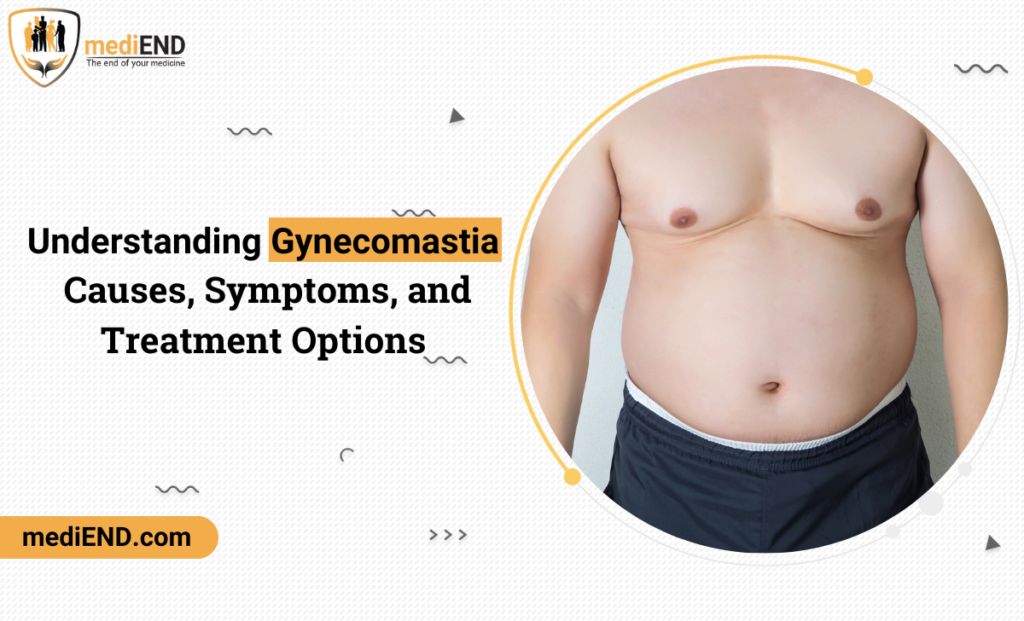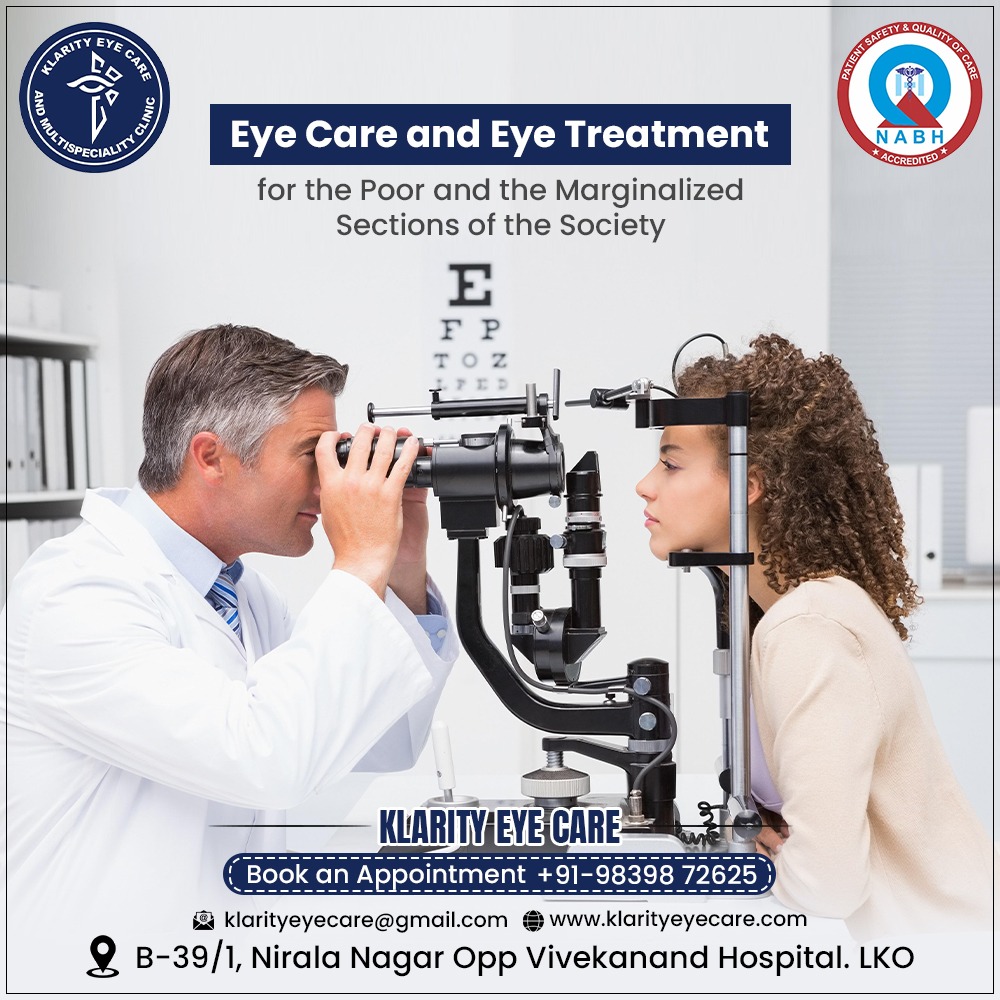Breast augmentation in Islamabad, also known as augmentation mammoplasty, is a popular cosmetic procedure designed to enhance the size and shape of the breasts. Whether driven by aesthetic desires or reconstructive needs, many individuals seek this procedure to improve their appearance and boost self-confidence. In this blog, we will explore the various aspects of breast augmentation, including types of implants, the surgical procedure, recovery process, potential risks, and benefits.
Types of Implants:
- Saline Implants:
- Composition: These implants are filled with sterile salt water.
- Advantages: If a saline implant ruptures, the saline solution is naturally absorbed and expelled by the body.
- Feel and Appearance: Saline implants tend to be firmer and can result in a more pronounced rippling effect.
- Silicone Implants:
- Composition: Filled with silicone gel.
- Advantages: Silicone implants closely mimic the feel of natural breast tissue.
- Feel and Appearance: These implants offer a softer, more natural appearance with less likelihood of rippling.
- Gummy Bear Implants:
- Composition: Made of cohesive silicone gel that maintains its shape even if the implant shell is broken.
- Advantages: These implants maintain their shape and firmness, with minimal risk of leakage.
- Feel and Appearance: They provide a natural slope and firmer feel, often preferred for their aesthetic results.
The Procedure:
- Consultation:
- Initial Meeting: The process begins with a thorough consultation with a board-certified plastic surgeon. During this session, patients discuss their aesthetic goals, medical history, and any potential risks.
- Decisions: Choices are made regarding the type and size of implants, the incision location (inframammary, periareolar, or transaxillary), and the placement of the implants (submuscular or subglandular).
- Surgery:
- Anesthesia: Breast augmentation surgery is typically performed under general anesthesia.
- Incisions: Incisions are made in discreet areas to minimize visible scarring.
- Implant Placement: The implants are inserted through the incisions and positioned either beneath the pectoral muscle (submuscular) or directly behind the breast tissue (subglandular).
- Closure: The incisions are closed using layered sutures, skin adhesive, or surgical tape to support optimal healing.
Recovery:
- Immediate Post-Op:
- Monitoring: Patients are closely monitored in a recovery room immediately after the surgery.
- Support Garments: Breasts are often wrapped in gauze dressings, and a support bra is worn to minimize swelling and support the healing process.
- Short-Term:
- Pain Management: Pain and discomfort are managed with prescribed medications.
- Activity Restrictions: Patients are advised to limit physical activity and avoid lifting heavy objects for several weeks.
- Follow-Up: Regular follow-up appointments are scheduled to monitor healing and address any concerns.
- Long-Term:
- Results: Initial swelling and changes in breast shape will subside over a few weeks to months, revealing the final results.
- Lifestyle Adjustments: Most patients can return to normal activities within a few weeks, though rigorous exercise should be avoided until cleared by the surgeon.
Risks and Complications:
- Common Risks:
- Scarring: Visible scarring, although typically minimal.
- Pain: Temporary or chronic pain in the breast area.
- Infection: As with any surgery, there is a risk of infection.
- Specific Complications:
- Capsular Contracture: Hardening of the tissue around the implant.
- Implant Rupture: Leaking of saline or silicone, necessitating implant removal or replacement.
- Asymmetry: Uneven appearance of breasts post-surgery.
Benefits:
- Aesthetic Enhancement:
- Appearance: Improved breast size, shape, and symmetry.
- Clothing Fit: Enhanced ability to wear a wider variety of clothing styles.
- Psychological Boost:
- Confidence: Increased self-esteem and confidence.
- Body Image: Positive impact on body image and self-perception.
Conclusion:
Breast augmentation can be a life-changing procedure for many, offering both physical and emotional benefits. However, it is essential to approach this surgery with realistic expectations and a thorough understanding of the risks involved. Choosing a qualified, experienced plastic surgeon and adhering to all pre- and post-operative instructions are crucial steps to ensure the best possible outcome. If you are considering breast augmentation, take the time to research, consult with professionals, and make an informed decision that aligns with your personal goals and health considerations.
For more information visit Dynamic Clinic PK.

